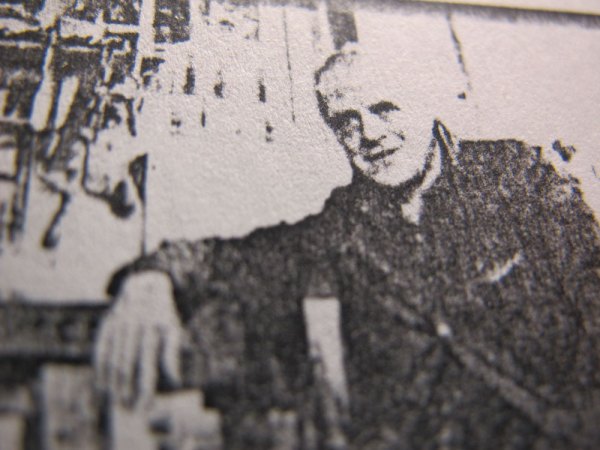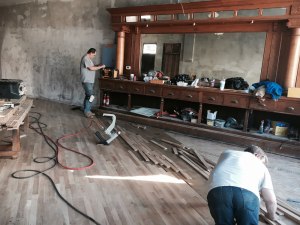Furniture Construction Drawings, 1760-1800 –
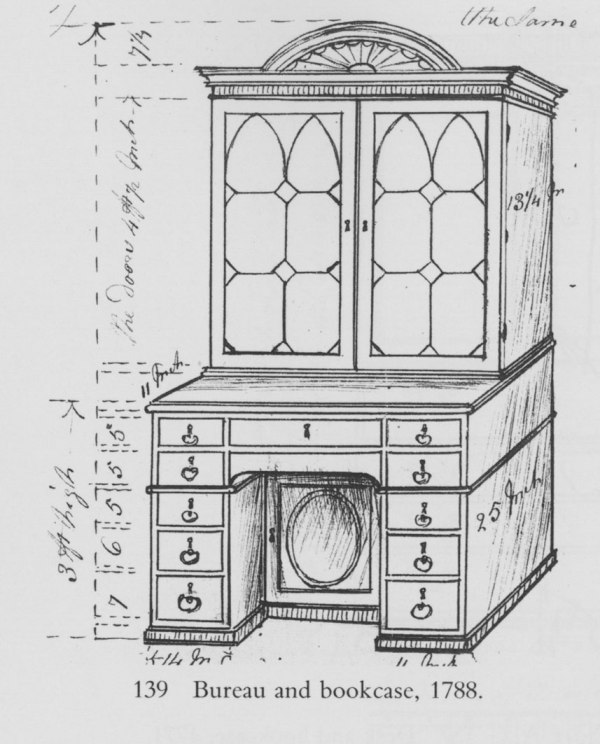
When you research how early furniture was built, one of the laments is the lack of construction drawings in the written record.
Did they draw their plans on scrap wood that was later burned? Did they just communicate plans for furniture forms differently than we do today? Were furniture plans a “trade secret,” like the “arts and mysteries” that were noted in the contract between apprentice and master?
Or were the plans just lost?
I vote for the last statement, sort of. There are plans out there, but they don’t look like the plans we are accustomed to seeing in books and magazines. While researching English campaign furniture several years ago I accidentally stumbled on the book “Gillow Furniture Designs 1760-1800” by Lindsay Boynton (The Bloomfield Press, 1995).
The firm Gillows of Lancaster and London is one of the somewhat-unheralded firms of the 18th and 19th centuries, perhaps because the company never issued a pattern book. Instead of developing and publishing designs, Gillows craftsmen simply made them.
Luckily, there is an incredible archive of Gillows – everything from construction drawings to a daily record of the company’s accounting. It really is a largely untapped source of historical information on woodworking, design and the lumber trade in the 18th and 19th centuries.
(Side note: I hope to enlist Suzanne Ellison, a contributing editor to Lost Art Press, to plumb the depths of the Gillows archive in Westminster for a future book.)
Back to the point, “Gillow Furniture Designs 1760-1800” blew my mind. It is simply a record of some of the drawings in the company’s archive. Some of the drawings were intended for the craftsmen with dimensions and notes. Some were intended for customers and are colored.
Naturally, I am drawn to the construction drawings. They did not need much to make some pretty incredible stuff – just a few dimensions and a sketch of the overall form. When I first saw this approach, I gave myself permission to back away from developing sheets and sheets of drawings before cutting wood. It was liberating – worth the cost of the book.
I don’t expect you to see the same thing that I do when looking at these drawings. Perhaps you’ll see something else. Even if you don’t care for the furniture itself, there is a lot to be learned from these sketches.
— Christopher Schwarz
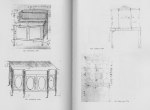
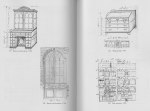
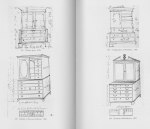
![The Process & Expectations When Calling A Locksmith [INFOGRAPHIC]](https://sawblade.top/wp-content/uploads/2023/12/20231227091459-658beb13143b1-768x384.jpg)
